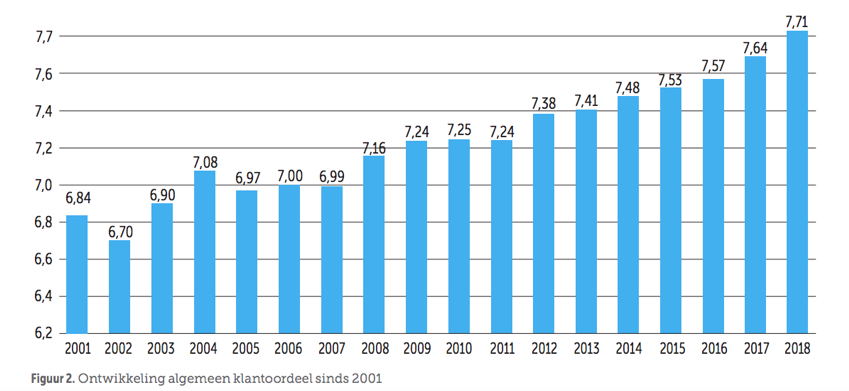Mobility / Public transport / Sustainability
Dutch Public Transportation: A Success Story
When exploring sustainable transportation options globally, a complete picture cannot be painted without looking at the role public transportation plays in providing accessible transportation to everyone. However its potential for the future of transportation is often overlooked, perhaps viewed as an antiquated relic of the past. But one has to only look at the continued success of public transportation in the Netherlands to begin to understand the vital role it has played in the Dutch transportation landscape. Otto Cazemier highlights the success story that is Dutch Public Transportation, and perhaps provides inspiration other cities and countries to follow.

Anyone who has travelled by public transport (PT) in the Netherlands at some point will have experienced its quality. A dense network of frequent trains, metros, trams and buses connecting all of the Netherlands, even in more rural area. What cannot be seen by just experiencing it, however, is the customer satisfaction of our PT system that has been steadily growing each year. The annual national survey performed by CROW/KPVV ‘OV-Klantenbarometer’ (Figuur 2) clearly shows this development.

Amazingly, it seems that customer satisfaction has grown one full point on a 10-point scale over the course of 16 years, with a particularly high level of growth in the last eight years which is astonishing. As the (usually very critical) chair of the national PT-users advocacy group states: “The quality now is sky high.” On top of that, the number of passengers is growing every year, as does the share of revenues (cost coverage ratio), which reflects in the financial health of our PT system.
How this success story come to be? Around 2000, new legislation came into force that has helped drive this achievement. This legislation has three crucial elements in it:
- Competences and financial resources are managed on a regional level, (formerly managed nationally and locally);
- Competition for the market based on public procurement of PT contracts, and;
- A legal obligation to have public participation by the representatives of the PT users.
Although there are discussions about the way market incentives are used, one can hardly doubt the success of this legislation. But identifying which of the three elements influenced the success and in what way is unclear. There are also other elements that could have contributed. The long-standing national contract enabling students travel at low- to no costs that has been in operation for nearly 30 years now; the favorable circumstances of a strong economy and a dense and growing population; and of course one cannot forget the role of the bicycle in the Netherlands, with countless customers traveling to and from stations and transit stops on their bikes. This makes it possible for the PT sector to make its network fast and direct and therefore competitive and efficient.
Does all this mean that our PT sector can now rest and enjoy its success? No, not at all! There are big challenges are ahead. The continuous growth of ridership and the need for this due to energy transition and economic, demographic and spatial developments, require a step to a next level. This implies the need for substantial investments as well as creativity, forward thinking and big efforts. As a team that has contributed to PT developments for more than 30 years, Mobycon is eager to continue that contribution into the future!


 ">
">